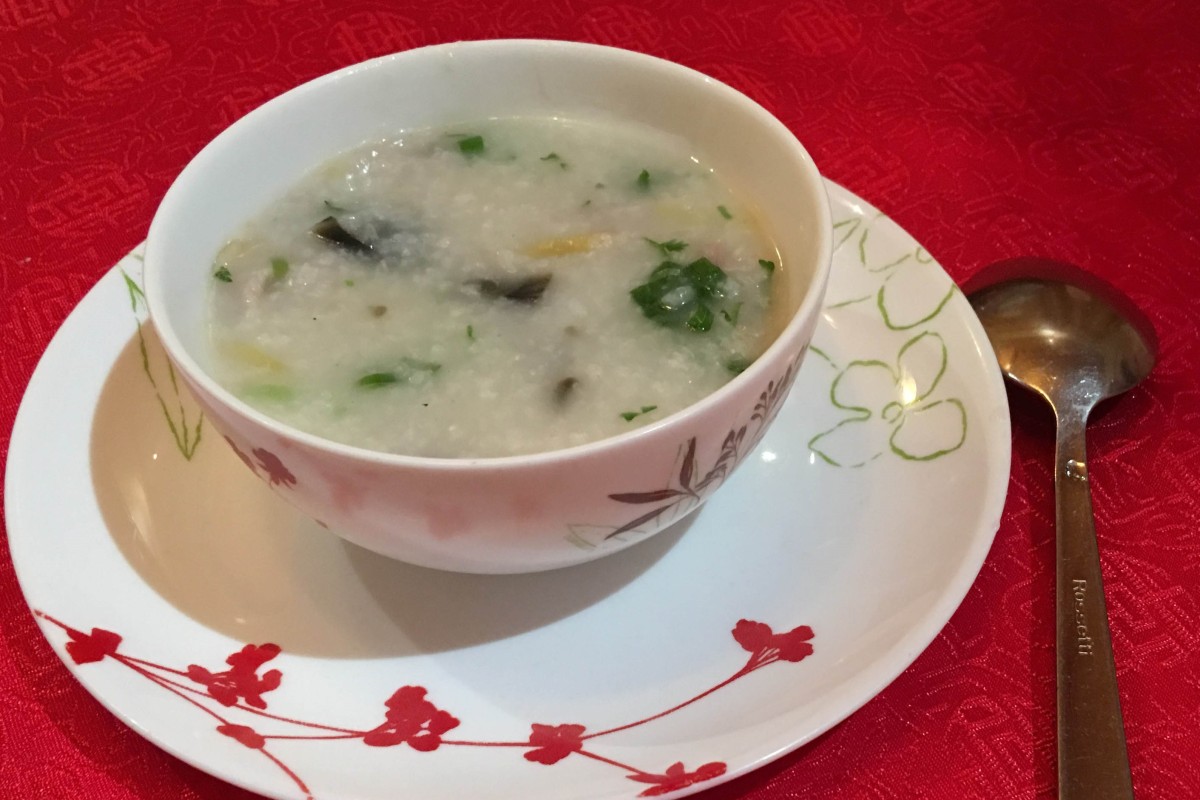How do you like your eggs? For years in China, people have declared their dissatisfaction with the standard ways of preparing eggs for consumption. Simple eggs simply wouldn’t do. So, they found a unique way of preserving the egg to bring new taste to it. This egg is called “Century Egg”, or “Pidan” in Chinese. Pidan is made through the preservation of the egg by surrounding it with clay, lime, wood ashes, and salt. After a few months, the crust of the egg will harden and that’s when the delicacy is ready. Century Egg, with its unique appearance and taste, has conquered the taste buds of the Chinese.
Pidan has brown egg whites and gray egg yolks that slowly fade to black. Although the egg white is brown, it shares many similarities to jelly, especially its “bounciness”. The egg yolk of a Century Egg is very soft in texture and has a more substantial taste, compared to the typical egg. Pidan, by itself, is not only a great option for a starter, but also a key ingredient in a main dish, such a Pidan Porridge.
Interestingly, although this food is definitely linked to Chinese culture, a Nairobi restaurant carries this exquisite dish on its menu. You can find this porridge served at the Yue Hai Restaurant. The porridge is served in huge bowls, though each diner is given a smaller bowl to scoop in the amount desired. Personally, I feel this gives the diner more freedom and less restriction. The porridge is predominantly white due to rice, with black spots of Pidan that has been cut into pieces. Small slices of meat add a light pink color to the food; these three colors, white, black, and pink, all contribute to the pleasing aesthetic of the dish.
After scooping myself a bowl of porridge, the thing that struck me first was the amazing smell it possessed. The fragrance of rice, meat, and Pidan all intertwined with each other, filling my mouth with saliva. I first tried the rice; each grain was very soft and didn’t stick together. I could separate each piece of grain from another with my tongue easily – this is completely different from the sticky rice that Chinese usually have as a main dish. The rice not only has the flavor of traditional rice, but also tastes like meat. Next, I gave the meat a try. The flavor of the meat unfolded itself in my mouth and the taste grew stronger with each bite. Lastly, I tasted the Pidan. The egg white of Pidan is black and gives an enjoyable sensation when you bite it. The egg yolk, in my opinion, has a distinct taste and texture that is similar to mashed potatoes. The rice, meat, and Pidan weave together, the Pidan adding an extra layer of more substantial taste to the porridge.
The Pidan Porridge is definitely a different experience compared to the plain and insipid porridge of the morning typically consumed by many. But just like all foods, Pidan might not satisfy everyone’s taste buds, and be to everyone’s liking. Since it’s an ingredient that was invented and used predominantly in China, Pidan might cause some discomfort to people who first encounter these eggs.
China has never had a good reputation for the variety of ingredients that are used in its ethnic cooking. Having been raised in a Chinese family, I enjoy and appreciate all the different varieties of food that are served on the table. But people often criticize the Chinese for eating “everything”. From my point of view, their criticism can be understood to mean that most people around the world eat foods created with a very limited range of ingredients. Justin, a Kenyan student from Rosslyn Academy, says, “I think that we are just uncomfortable with the ingredients that Chinese use that we don’t use, speaking from a cultural prospective.”
Although the ingredients that the Chinese use in cooking may not be understood or appreciated by everyone around the world, don’t let this be a blockade to you in trying out the Pidan porridge. Through this porridge, I hope that you will understand and take delight in China’s culinary world. Who knows? Perhaps Pidan Porridge will help you take another small step towards learning about other great cultures in our diverse world.
- Bill Yang (photograph and article)
